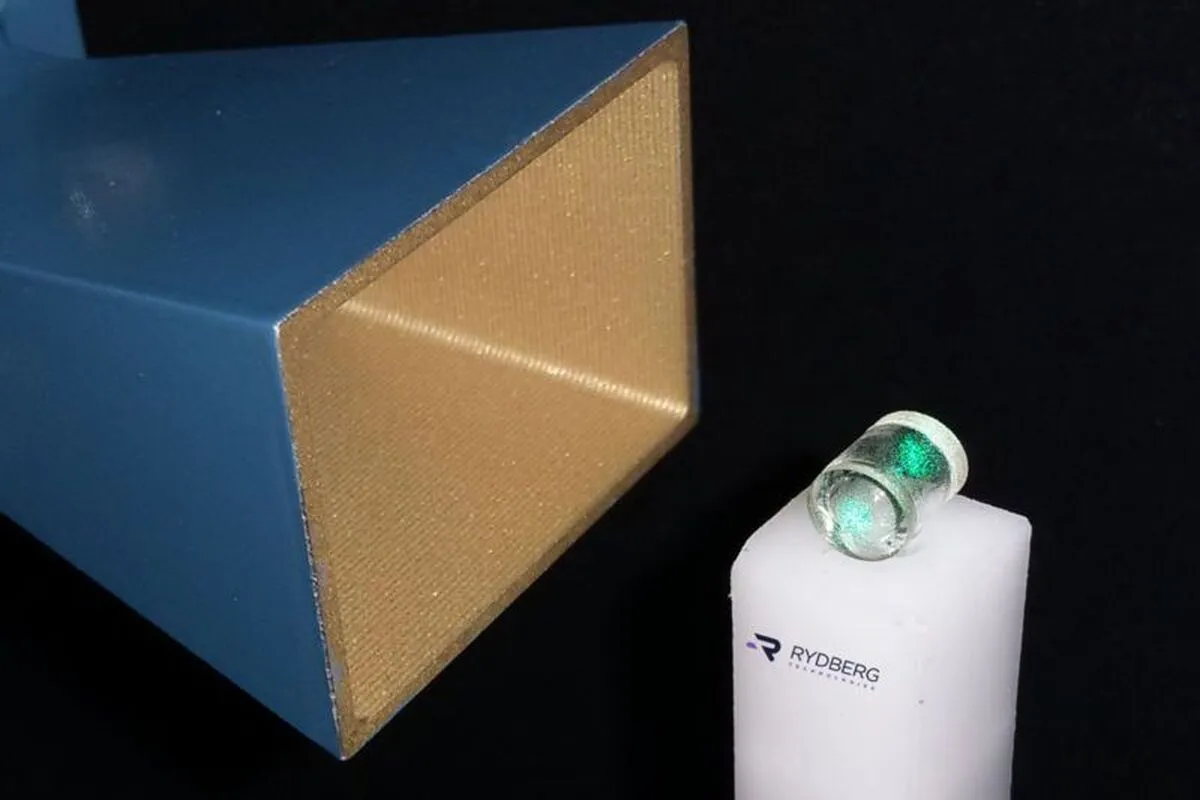Atomic Vapor Meets Radio Waves: Future of Antennas?

The team demonstrated that these atomic radio frequency sensors, utilizing a Rydberg state, are more sensitive and versatile than current antenna technologies. Their compactness and broad frequency coverage make them ideal for defense, communication, and satellite technology. Physicists have developed a groundbreaking atomic radio frequency sensor for radio waves, offering enhanced sensitivity and versatility. Ideal for defense and satellite technology, this metal-free, laser-powered design promises real-world applications, as documented in Applied Physics Letters.
University of Otago physicists have used a small glass bulb containing an atomic vapor to demonstrate a new form of antenna for radio waves. The bulb was “wired up” with laser beams and could therefore be placed far from any receiver electronics.
Dr. Susi Otto, from the Dodd-Walls Centre for Photonic and Quantum Technologies, led the field testing of the portable atomic radio frequency sensor.
These sensors utilize atoms in a unique Rydberg state. Due to this state, they can outperform current antenna technologies in terms of sensitivity, tunability, and compactness. This makes them particularly suitable for defense and communication applications.
A key advantage is their ability to cover the entire spectrum of radio frequencies. This means soldiers on the battlefield could potentially use just one of these sensors instead of multiple antennas tailored to different frequency bands. Their heightened sensitivity and accuracy also enable them to detect a vast array of essential signals. In the realm of satellite technology, the elimination of the need for multiple sensors is a game-changer.
Another significant benefit of Rydberg sensors is their metal-free composition. Traditional sensors contain metal components that can disrupt the radio frequency field. In contrast, the atomic sensor in the Rydberg state uses laser light, eliminating the necessity for electric cables.
The Otago group’s new design is portable and can be taken outside the laboratory. In a first out-of-lab demonstration, the sensor was able to efficiently measure fields at a distance of 30m (100 feet) using a free-space laser link. This adds important flexibility to Rydberg-atom based sensing technologies.
They envision these developments will make quantum sensors more robust and cost-effective, enabling them to move out of labs and into the real world.
4155/v





















